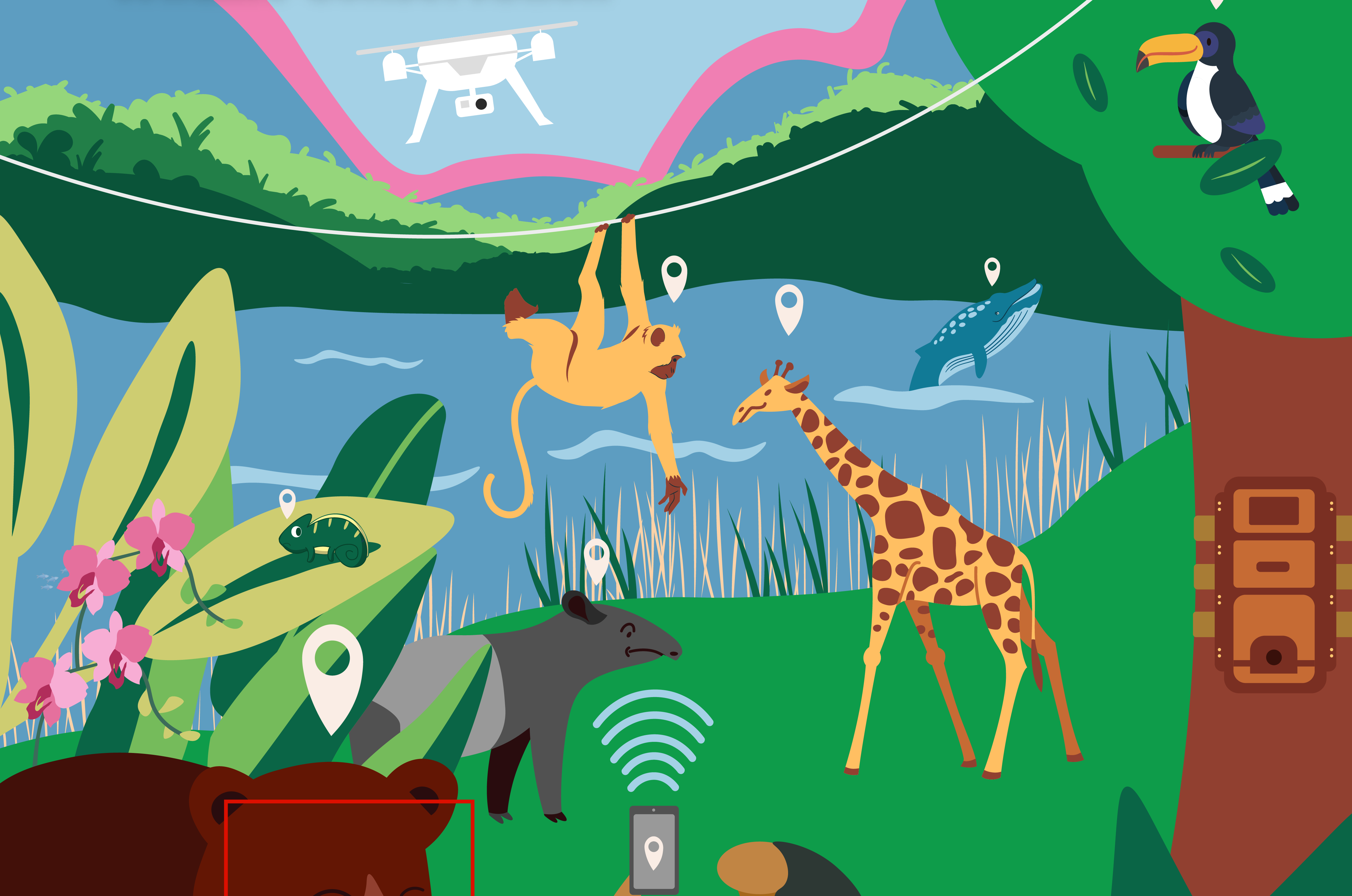
World Wildlife Day-- 3 March 2024
Happy World Wildlife Day! #WWD2024
— UN Biodiversity (@UNBiodiversity) March 3, 2024
Watch our Acting Executive Secretary's message 👇https://t.co/06yyvlDrym
World Wildlife Day 2024 is a platform for intergenerational exchange and youth empowerment through art, presentations and conversations on the opportunities ahead for our shared sustainable future in digital wildlife conservation. This World Wildlife Day we are focussing on digital innovation for wildlife conservation. More than ever, we are living in a digital world and we must seize opportunities to make use of digital technologies and services to support wildlife conservation, sustainable and legal wildlife trade and human-wildlife coexistence.
From remote assessments, artificial intelligence and drones to acoustic sensors, camera traps and tracking tags, technology can be deployed to monitor and conserve wildlife.
Sadly, over the past fifty years, the abundance of wild animal species has declined on average by around two-thirds. This is driven by deforestation and other land-use change, unsustainable fishing and harvesting practices, pollution, invasive alien species and diseases, and climate change. Without urgent action to address these drivers, over a million species face a high risk of extinction.
In December 2022, the global community agreed to take action by adopting the Kunming-Montreal Global Biodiversity Framework, also known as the Biodiversity Plan. Its four goals aim: to protect and restore nature; to prosper with nature; to share benefits fairly; and to invest and collaborate for nature. Its mission is to halt and reverse the loss of biodiversity, this decade.
The fourth goal - to invest and collaborate for nature - aims to ensure access to and transfer of technology to implement the Plan, especially for developing countries. It is supported by Target 20 to strengthen capacity-building, technology transfer and scientific and technical cooperation for biodiversity.
World Wildlife Day 2024 offers a jumping off point for exploring what digital innovations are available now, what intersectional discrepancies we are facing and how we want our digital connectivity to evolve for all people and planet. While the ‘digital divide’ is slowly narrowing, women and girls are still more likely to experience gaps in digital training. Target 23 of the Biodiversity Plan aims to ensure gender equality and a gender-responsive approach for biodiversity action.
The sustainable use of wild species is critical to halting and reversing biodiversity loss and biodiversity is critical for humankind’s survival on this planet.
More information: